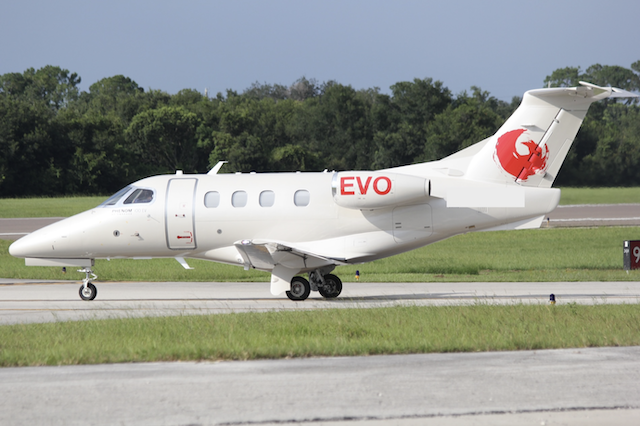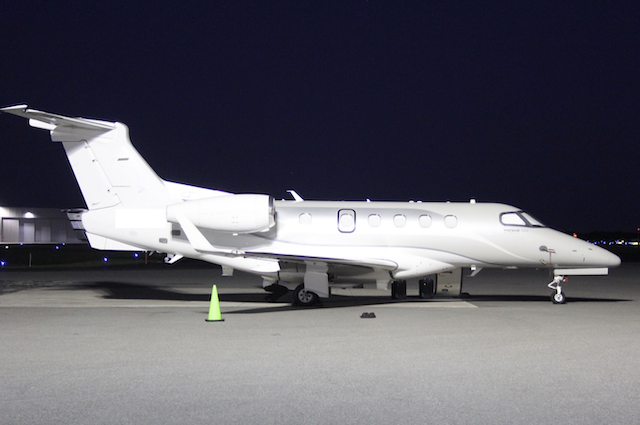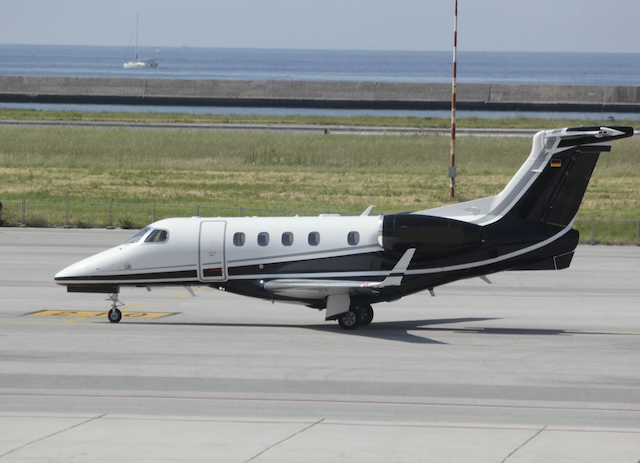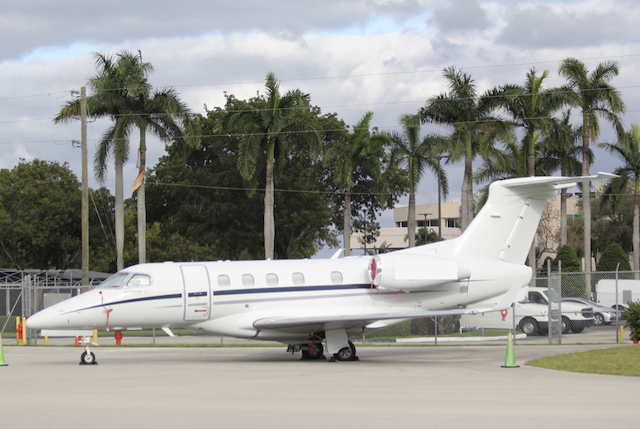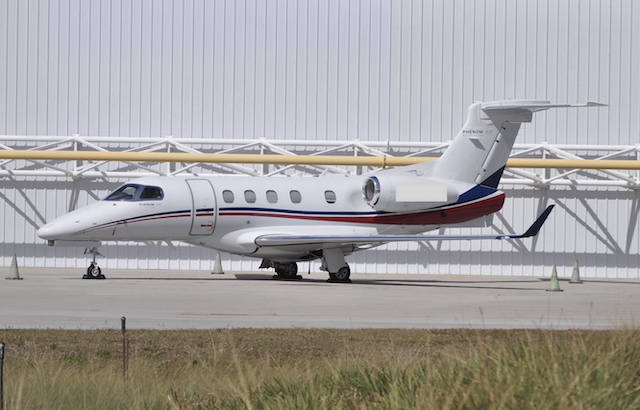Aircraft Overview: Embraer Phenom 100 / 300
Aircraft Overview: Embraer Phenom 100 / 300
The Phenom 100 and 300 are twin-engine business jets produced by Brazilian manufacturer Embraer.
Representing the first commercial designation of the company’s EMB-500 type, the Phenom 100 made its first flight on July 26, 2007, from Sao Jose dos Campos, Brazil, and was subsequently certified by the Brazilian National Civil Aviation Agency [Agencia Nacional de Aviacao Civil (ANAC)] on Dec. 9, 2008.
The first Phenom 100 was delivered on Dec. 24, 2008, and upgraded versions of the EMB-500 have subsequently been marketed as the Phenom 100E, 100EV and 100EX.
Similarly, the Phenom 300 and 300E are commercial designations of the EMB-505, a type that made its first flight from Gaviao Peixoto, Brazil, on April 29, 2008, and which received ANAC approval on Dec. 3, 2009, ahead of the first delivery on Dec. 29, 2009, to a U.S.-based customer.
Cabin and Avionics
According to the ANAC type certificate data sheet (TCDS) for the EMB-500, it is certified to carry up to eight occupants, including as many as seven passengers and the one required pilot.
The Phenom 100EX accommodates passengers in a cabin that has a length of 11 ft., height of 4 ft. 11 in. and width of 5 ft. 1 in.
In comparison, the EMB-505 is approved to carry a maximum of 11 occupants, including up to 10 passengers and one pilot.
Although the Phenom 300E’s cabin length is increased cabin to 17.2 ft., it retains the cabin height and width of the Phenom 100EX.
The respective total baggage capacities of the Phenom 100EX and 300E are 64 ft.3 and 84 ft.3, while pilots operate those versions of the EMB-500 and EMB-505 by utilizing the Prodigy Touch Flight Deck that is based on Garmin’s G3000 integrated flight deck.
Retail Values
Mission and Performance
The performance limitations of those Embraer types also differ, with the EMB-500 limited to a maximum operating limit Mach (MMO) of 0.70 Mach at altitudes higher than 28,000 ft. and a 41,000-ft. maximum operating altitude.
The EMB-505 has a higher maximum operating altitude limitation of 45,000 ft., and the MMO limitation is similarly increased to either 0.78 Mach—above 26,000 ft.—or 0.80 Mach, with the latter limitation possible at altitudes greater than 27,600 ft. on airplanes powered by Pratt & Whitney Canada PW535E1 engines.
Beyond those Mach limitations, the Phenom 100EX and 300E are capable of high-speed cruise speeds of 406-kt. true airspeed (KTAS) and 464 KTAS, respectively.
Based on the type’s maximum takeoff weight (MTOW), sea-level altitude and International Standard Atmosphere (ISA) conditions, the Phenom 100EX is capable of a 3,190-ft. takeoff distance, a distance that the Phenom 300E increases to 3,209 ft. under the same conditions.
Comparatively, when carrying four occupants and National Business Aviation Association (NBAA) 100-nm reserves—as well as in ISA conditions and at sea-level altitude—the unfactored landing distance of the Phenom 100EX is 2,430 ft.
The Phenom 300E’s unfactored landing distance is 2,212 ft. assuming the same conditions as the Phenom 100EX except for accommodating six occupants.
With four 200-lb. occupants—in addition to operating at the airframe’s long-range cruise speed and carrying NBAA instrument flight rules (IFR) reserves with a 100-nm alternate—a “baseline” Phenom 100EX has a range of 1,178 nm.
The 2,010-nm range of a baseline Phenom 300E assumes the same criteria as the Phenom 100EX except that the number of 200-lb. occupants is increased to five.
Unlock the data behind the charts with Aviation Week Intelligence Network’s Fleet & Data Services. Learn more at aviationweek.com/bcaaircraftoverview.
Utilization Overview
Variants
Powering the Phenom 100 and 100E are two Pratt & Whitney Canada PW617F-E engines, while the Phenom 100EV and 100EX are certified to be equipped with PW617F1-E engines that have a takeoff static thrust engine limit—at sea-level altitude and on a standard day—of 1,728 lb.
The EMB-505 is approved to have either PW535E or PW535E1 engines, the latter of which has a 3,478-lb. takeoff static thrust engine limit that also assumes sea-level altitude and a standard day.
The respective maximum payloads of the Phenom 100EX and 300E are 1,775 lb. and 2,636 lb., payloads that are reduced to 646 lb. and 1,587 lb. when operating with full fuel.
